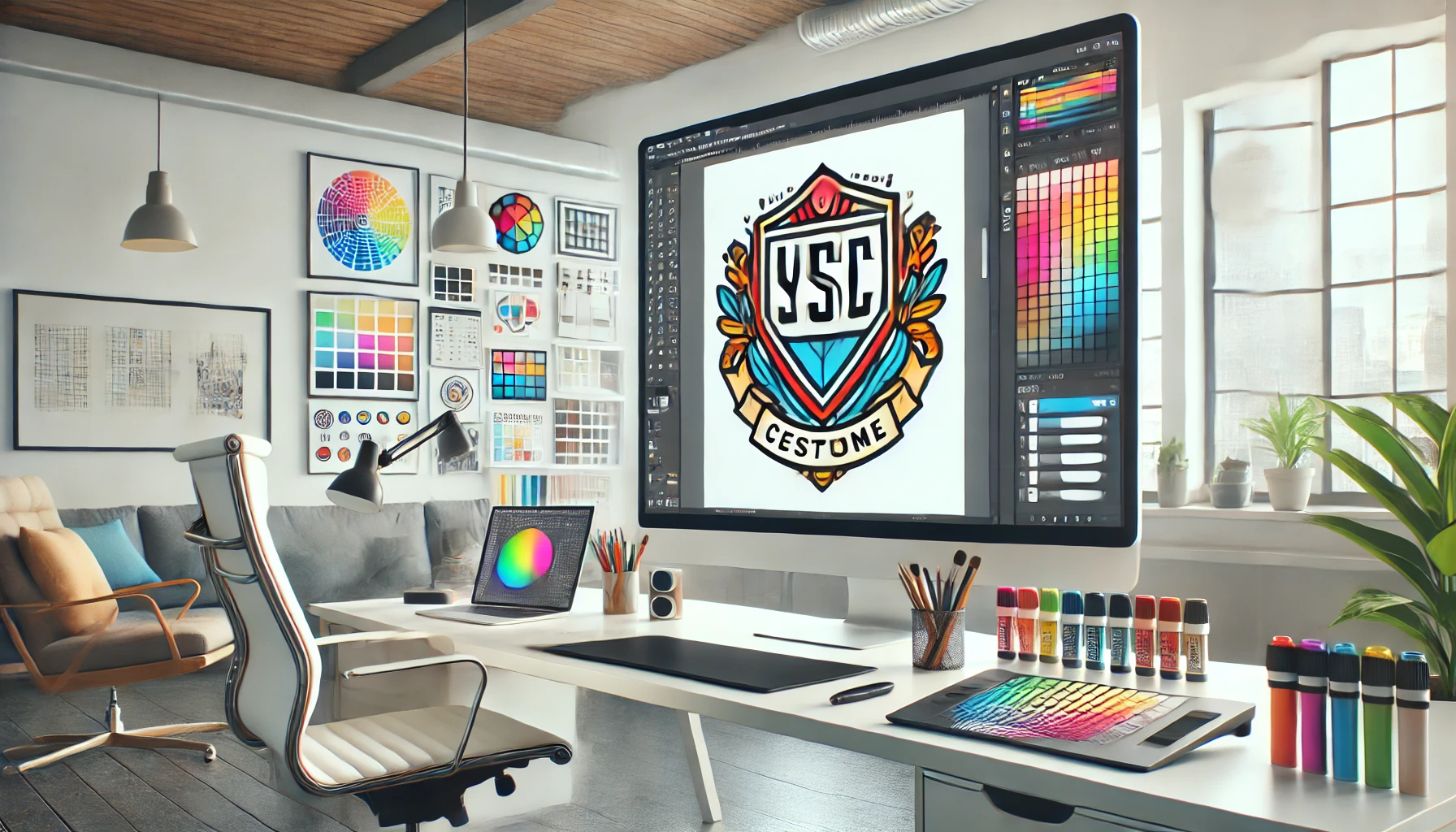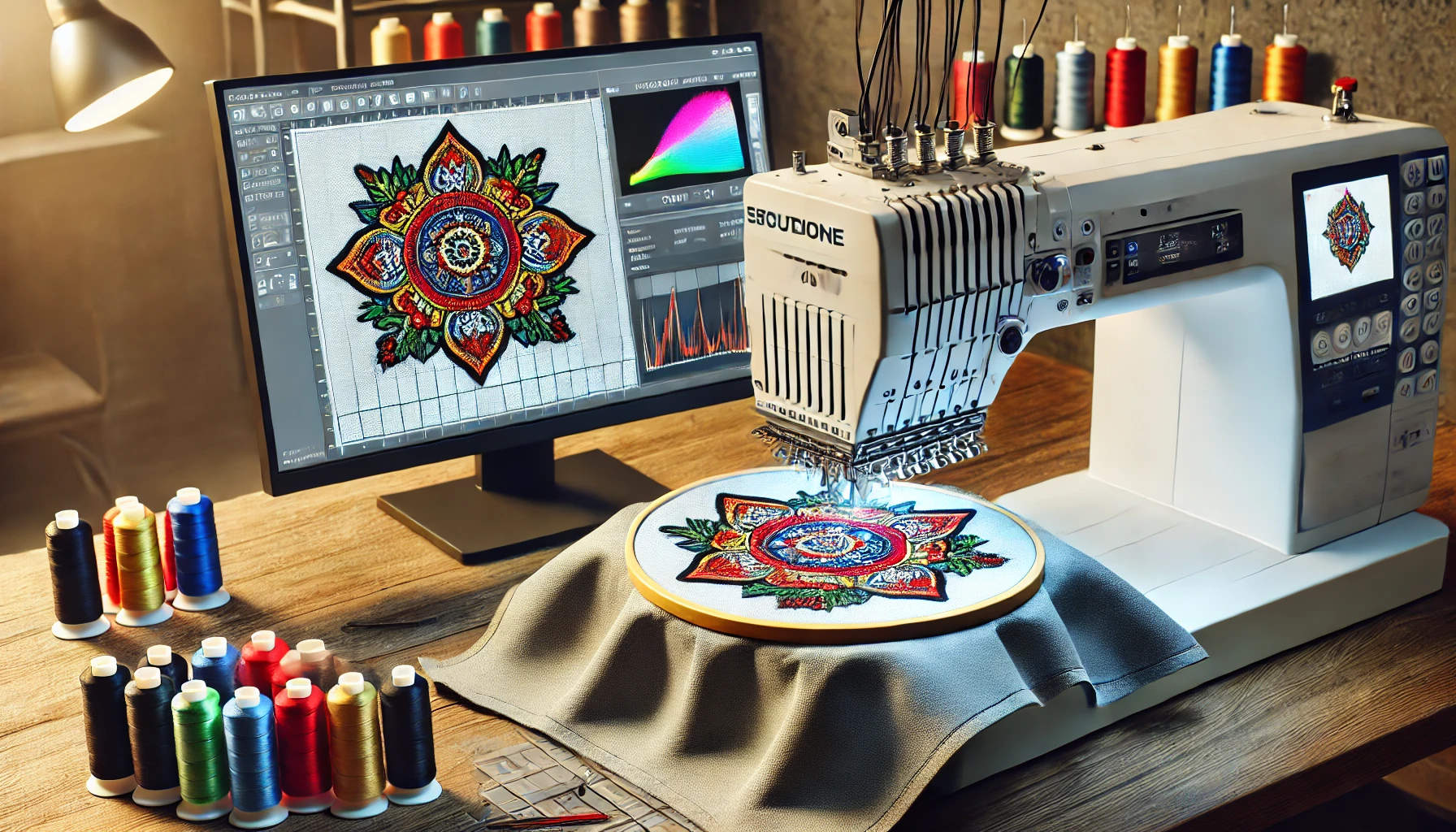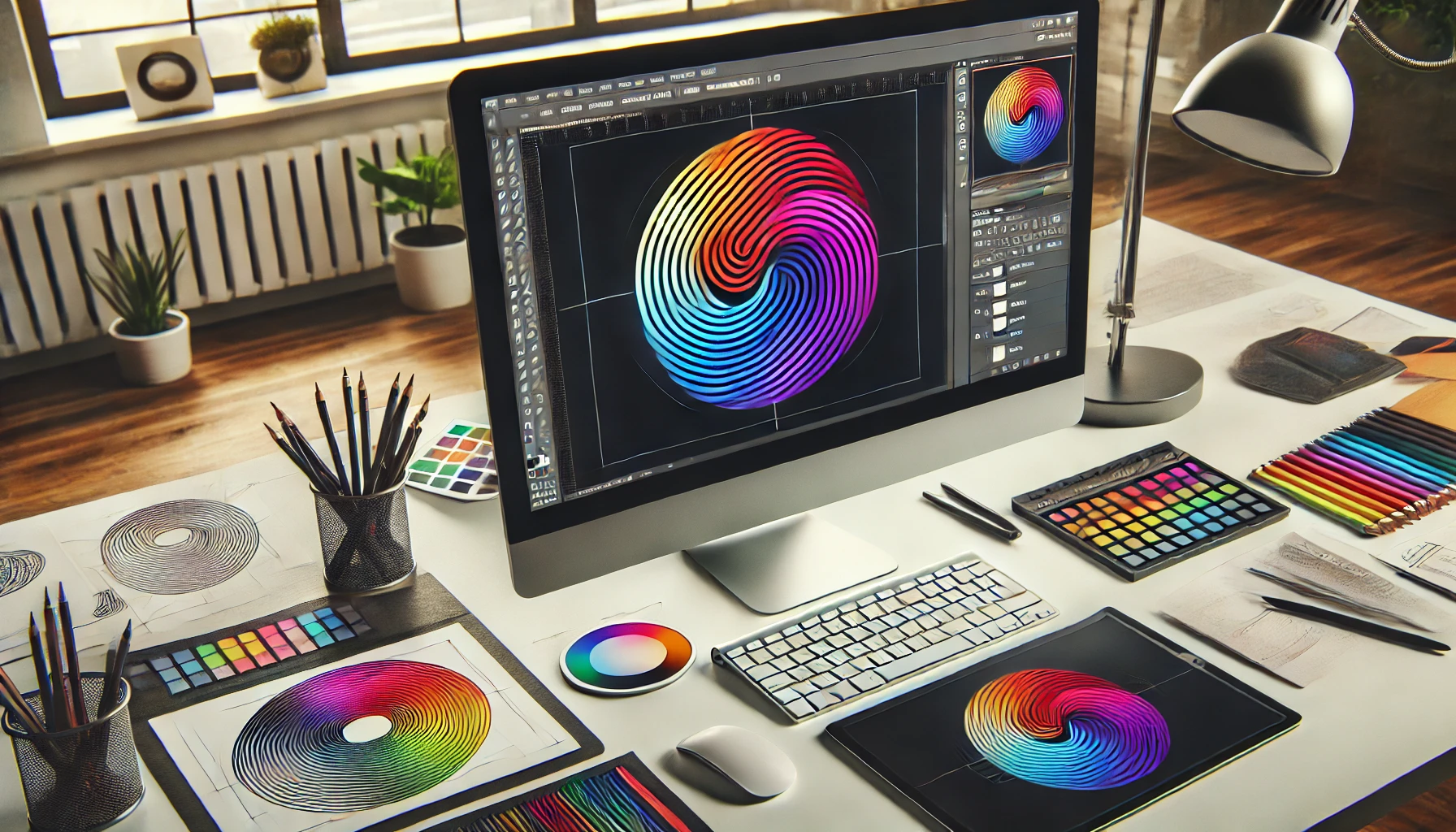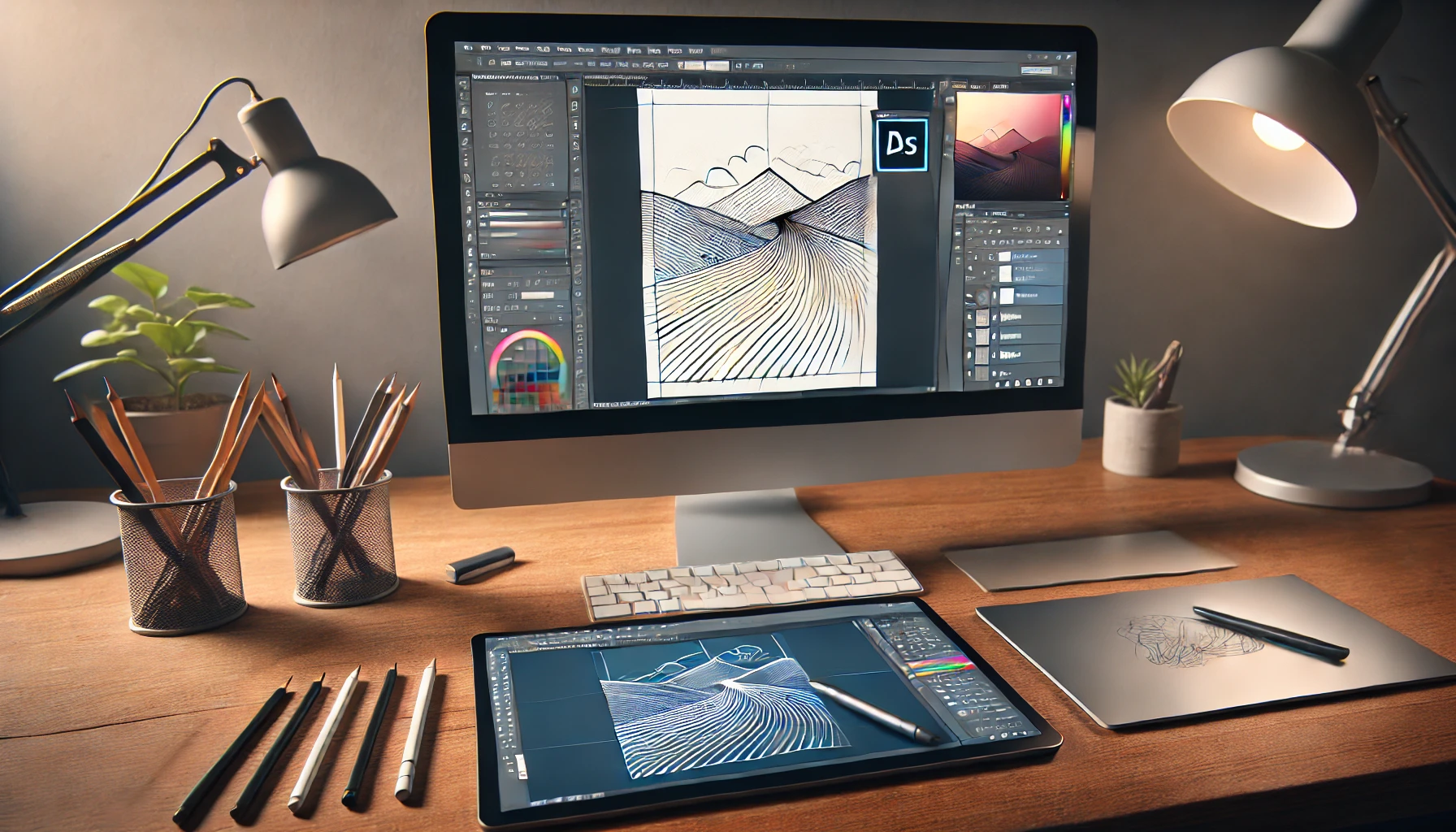Custom patches have become a favorite way for brands, organizations, and even individuals to express identity and creativity. But before a logo or design can become a patch, it needs to be transformed into a digital format that is precise and scalable. That’s where vector art comes in. This blog will guide you through the vector art process and how it plays a crucial role in turning your ideas into beautiful, high-quality patches.
What is Vector Art?
Vector art is a method of creating digital images using points, lines, and curves based on mathematical equations. Unlike raster images, which are made up of pixels and can become blurry when resized, vector images maintain their clarity at any size. This makes vector art the ideal choice for logos, illustrations, and designs that need to be scaled for different uses, including embroidery.
Whether you have a pencil sketch, a low-resolution image, or a creative concept in mind, converting it into vector art ensures that the final design is sharp and ready for any application—especially for creating custom patches.
Vector Art Process: Transforming Ideas into Vector Art
The journey from a rough sketch to a polished, high-resolution vector image involves a few key steps:
- Understanding the Design
Before diving into the technical aspects, it’s important to understand the design’s purpose and the client’s vision. This ensures that the final vector art captures the essence of the original idea.
During this phase, designers may ask clients for any sketches, reference images, or details about colors and styles they have in mind.
- Digitizing the Artwork
Using specialized software like Adobe Illustrator, designers begin by tracing the key elements of the sketch or image. This process involves creating paths that form the basis of the design.
The focus is on capturing every detail of the artwork, from intricate lines to smooth curves, ensuring that the digital version is as faithful as possible to the original.
- Refining the Design
After tracing the basic shapes, the design is refined for accuracy and consistency. This stage might involve adjusting line weights, smoothing out curves, and ensuring symmetry.
The designer may also work with color palettes, creating layers that allow different elements to be easily edited and adjusted.
- Finalizing for Use
Once the vector art is complete, it is reviewed and adjusted to ensure that it will translate well into different formats, particularly embroidery.
The final file is saved in a format like AI, EPS, or SVG, which maintains its scalability and can be directly used for producing custom patches.
Why Vector Art is Essential for Patches
Vector art is not just about creating digital files—it’s about ensuring precision and quality in the final product. Here’s why vector art is crucial for patch creation:
Scalability without Losing Quality: Vector art allows designs to be resized without any loss of detail. Whether you need a small patch for a cap or a large one for a jacket, the design will always look sharp.
Cleaner Embroidery Lines: Embroidery machines read vector files better because they provide clear and defined paths. This results in smoother, more accurate stitching, which is especially important for intricate logos or text.
Easier Customization: With vector files, colors can be easily adjusted, and different elements can be moved or resized without having to redraw the entire design. This flexibility is perfect for clients who want to tweak their designs before production.
Applications in Patch Making: From Concept to Stitch
Vector art plays a central role in the production of various types of patches, including embroidered, woven, and PVC patches. Here’s how it fits into the process:
Embroidery: For embroidered patches, the vector file guides the embroidery machine, determining how each stitch is placed. This ensures that every detail of the logo or artwork is replicated with precision.
Woven and PVC Patches: Vector files are used to create molds or templates for these patch types, ensuring that the final product remains true to the original design, down to the smallest detail.
Customization: When customers request changes—like a different color scheme or a larger size—the vector file allows for quick adjustments, keeping the production process smooth and efficient.
How to Get Started with Vector Art at Gem Punch
If you have a creative concept, logo, or even a simple pencil sketch that you want to transform into a stunning patch, Gem Punch is here to help. Our team of experienced designers can convert your artwork into high-resolution vector files, ready for embroidery or any other application. Here’s how you can get started:
Submit Your Design: Share your artwork or idea through our easy online order form.
Get a Free Quote: Our experts will review your request and provide a free quote for the vector art services.
Receive Your Vector File: After we’ve worked our magic, you’ll receive a high-quality vector file, ready to be used for creating the perfect custom patch.
Conclusion: Transform Your Ideas with Gem Punch
Vector art is the key to turning your creative ideas into beautiful, high-quality patches. At Gem Punch, we pride ourselves on delivering precise and reliable vector art services that ensure your designs look their best in any size. Ready to bring your vision to life? Contact us today to start the journey from concept to stitch.



